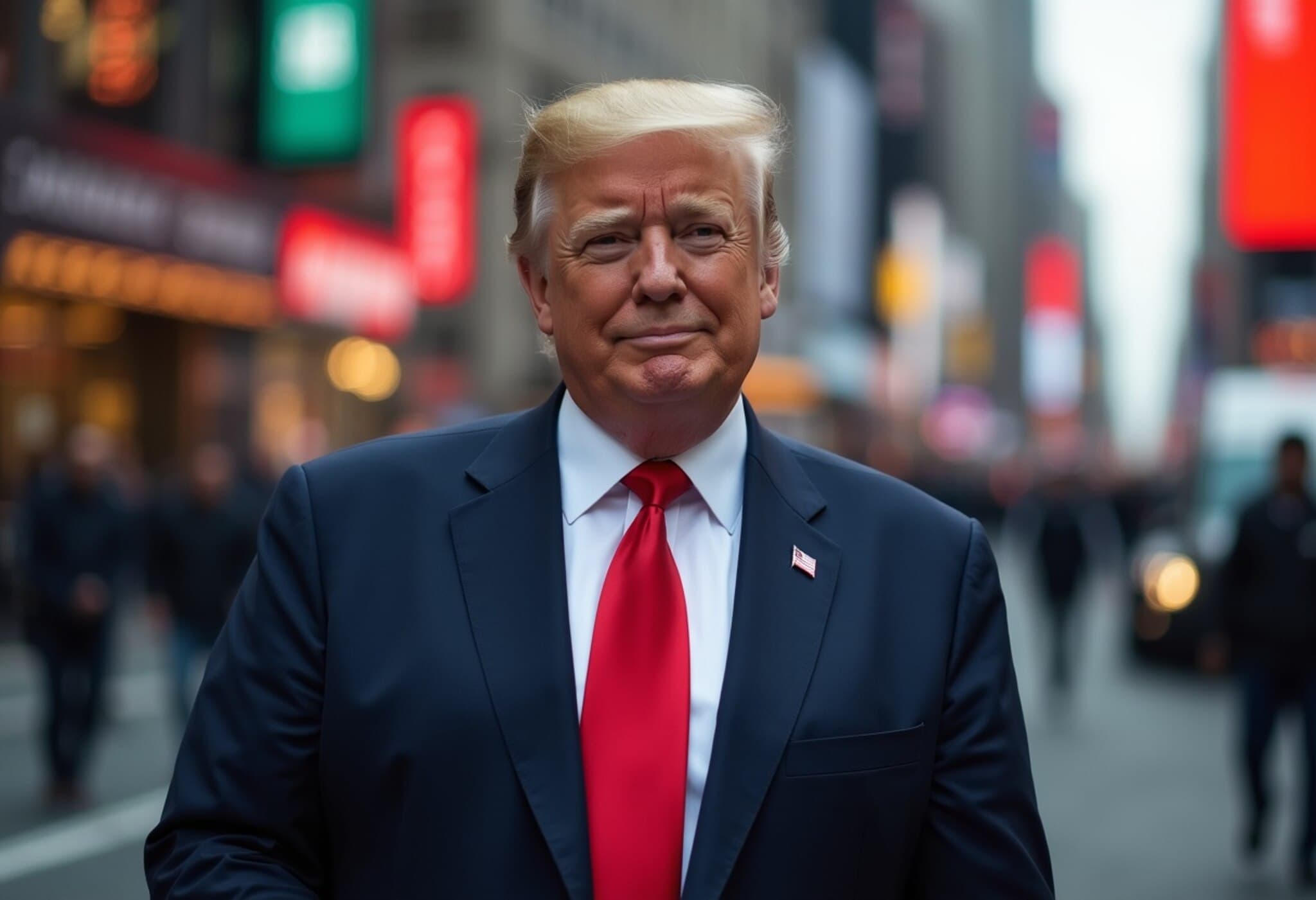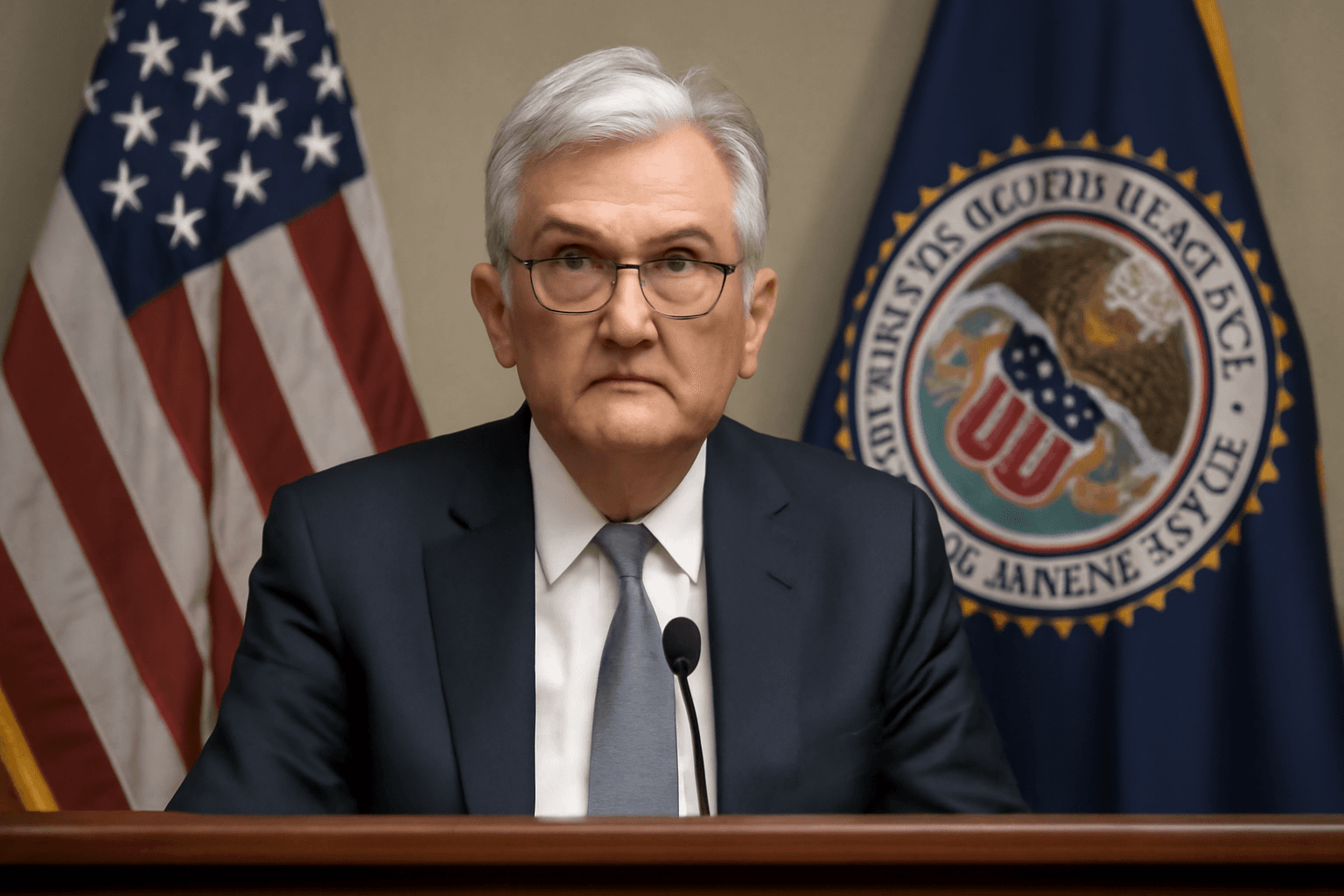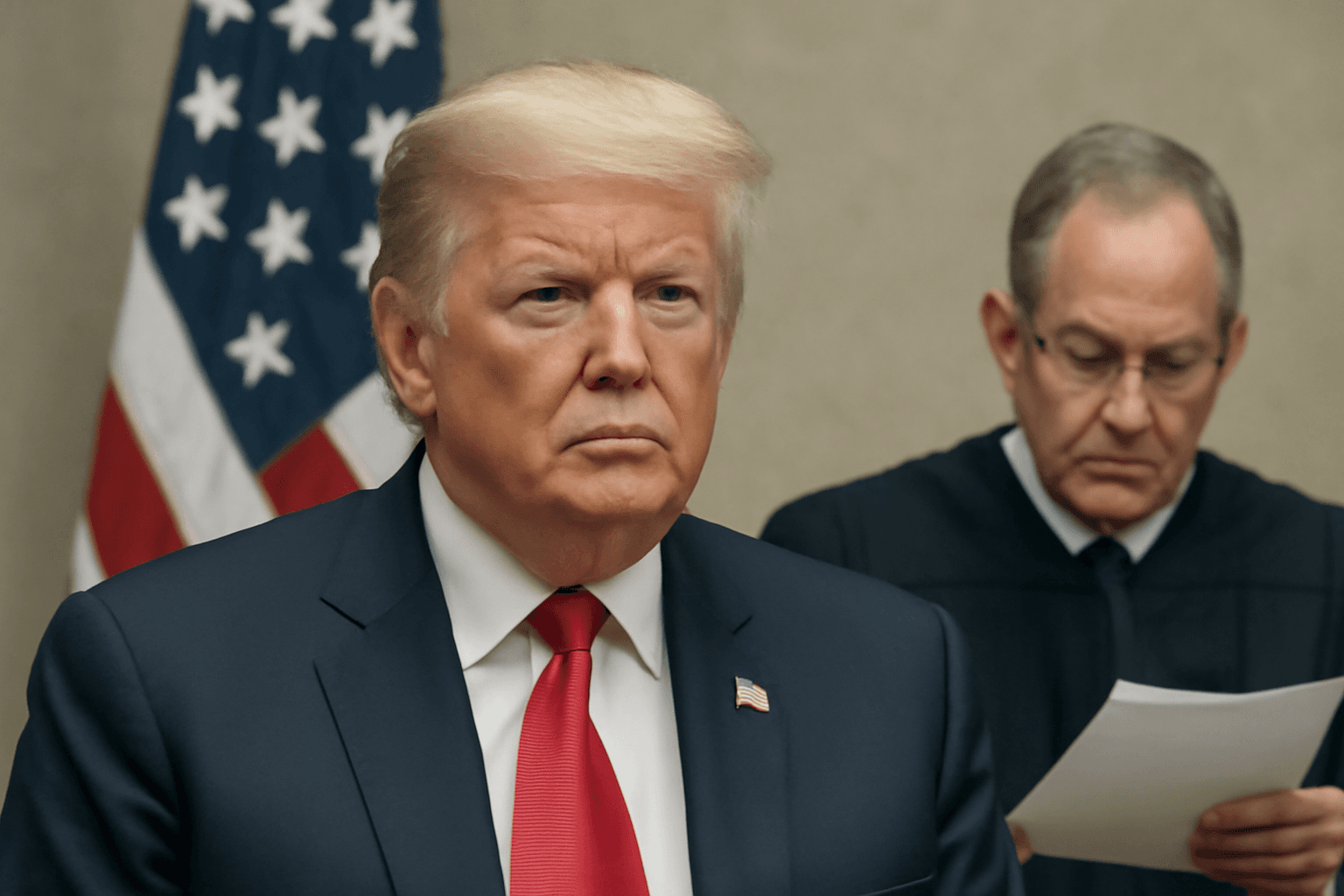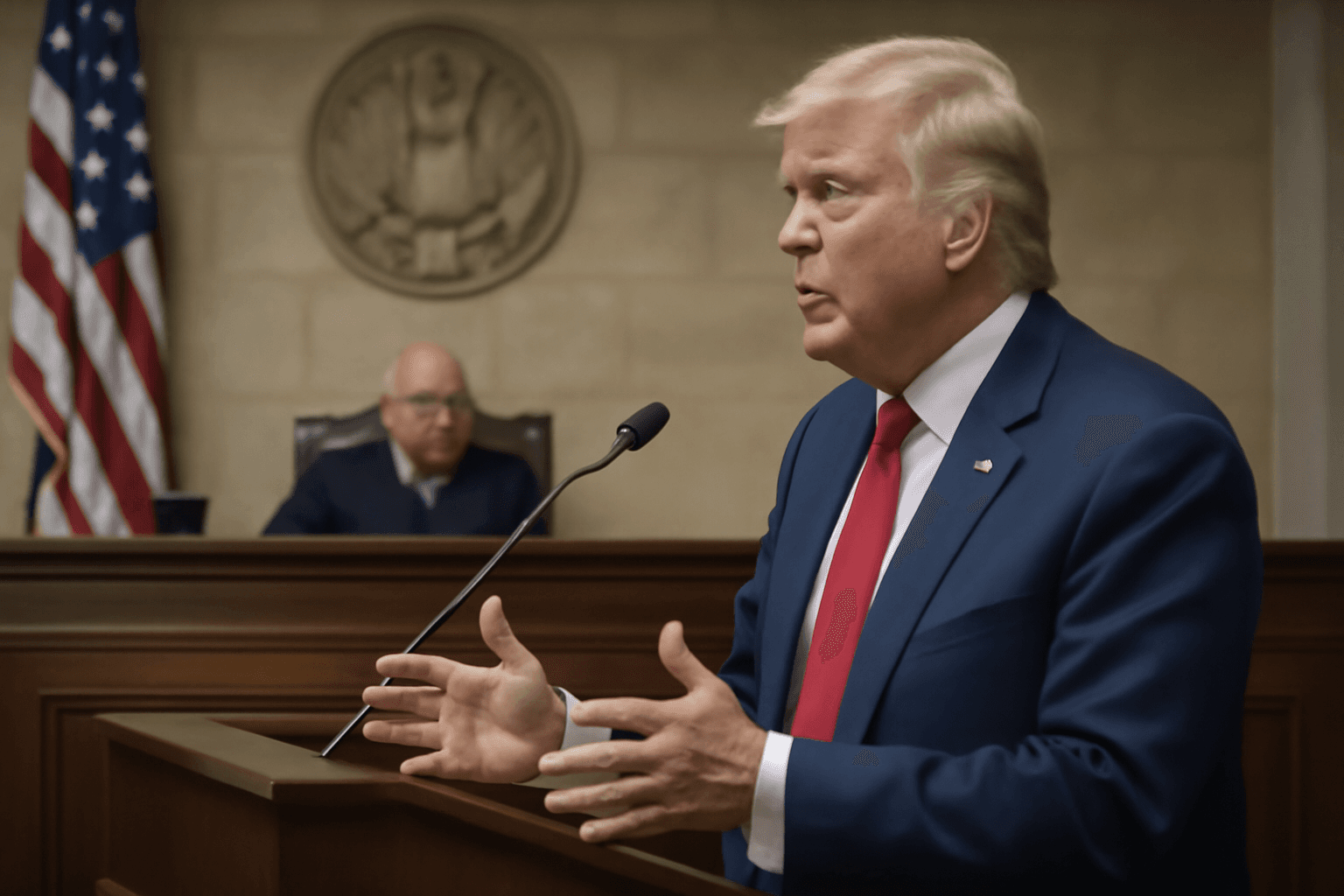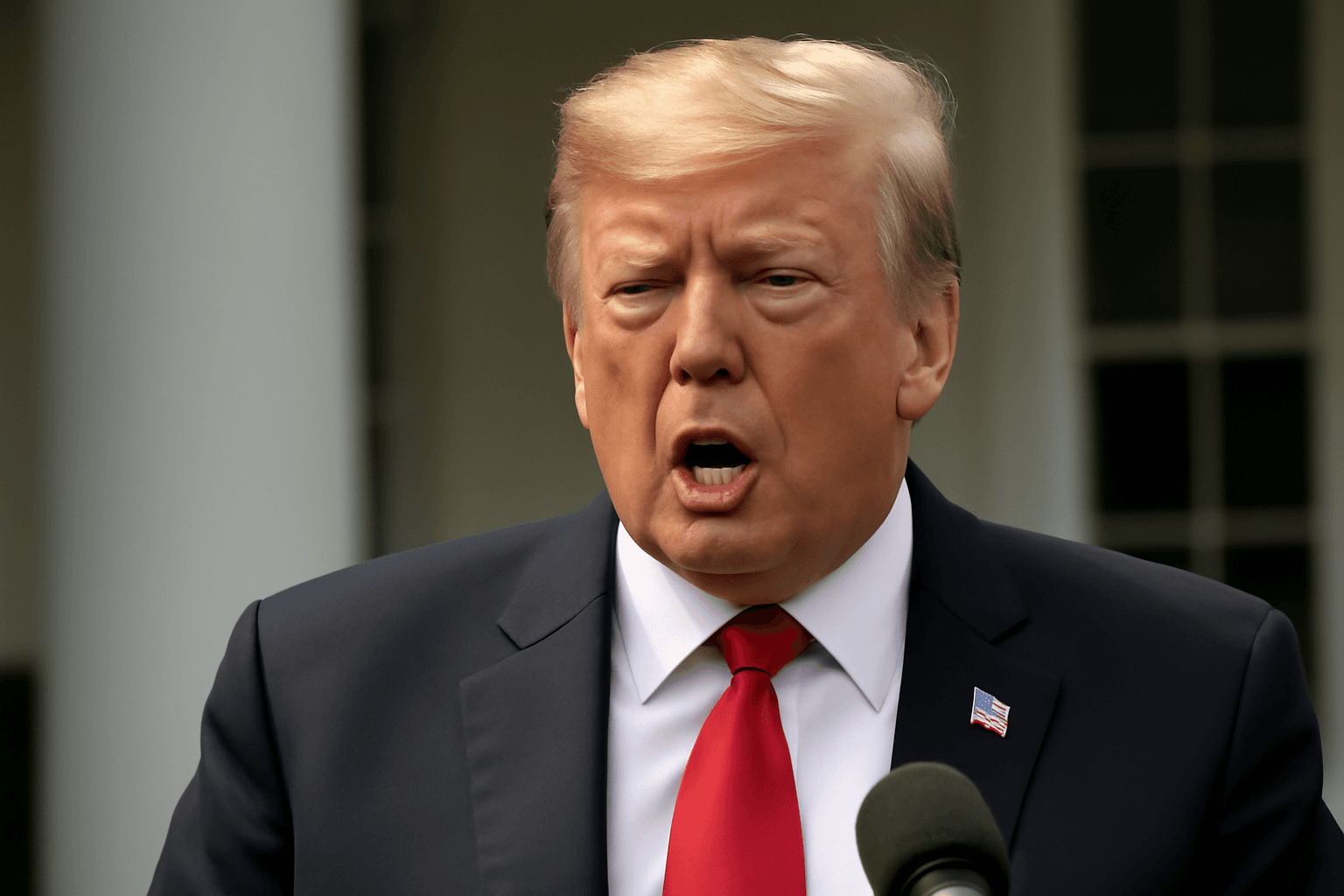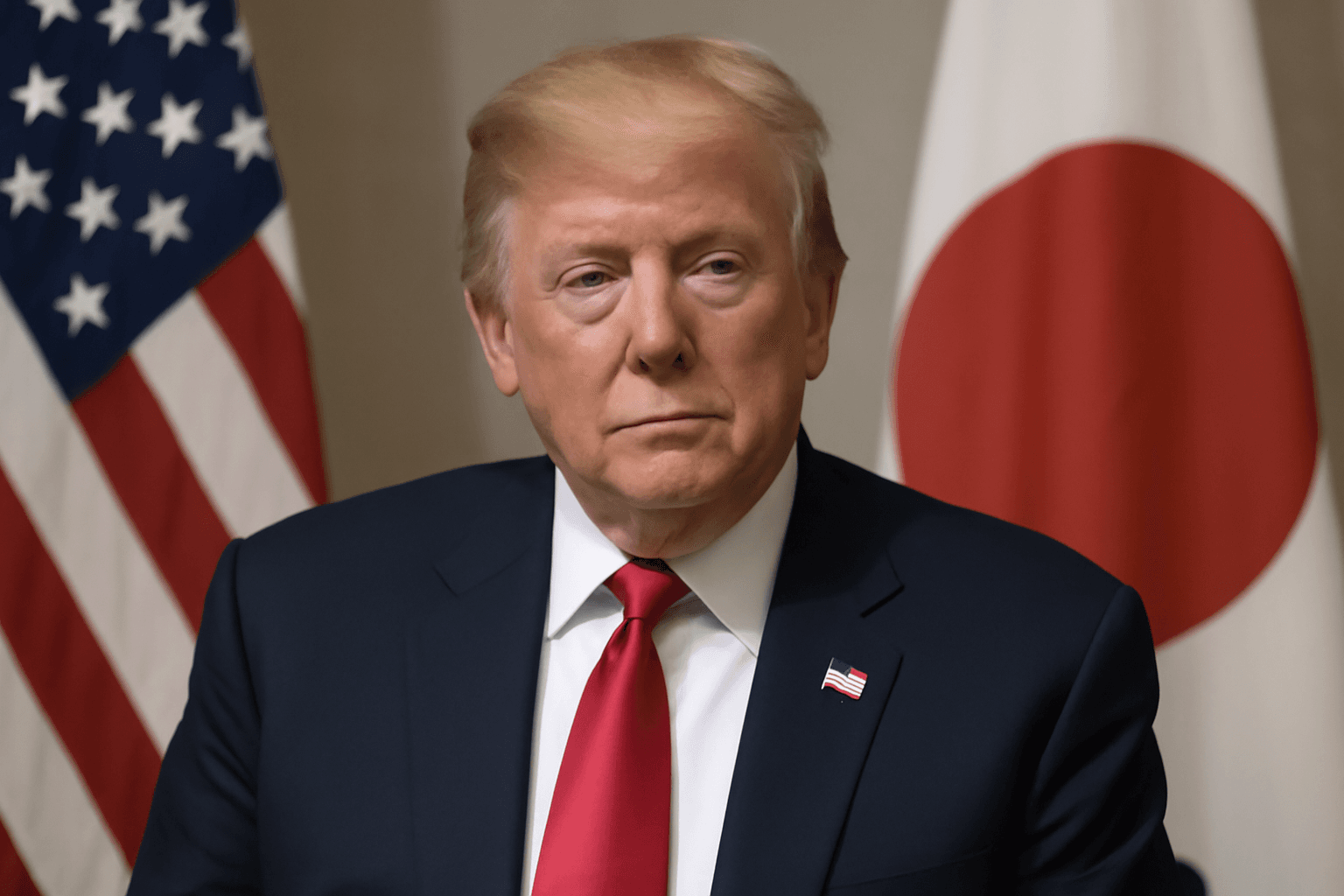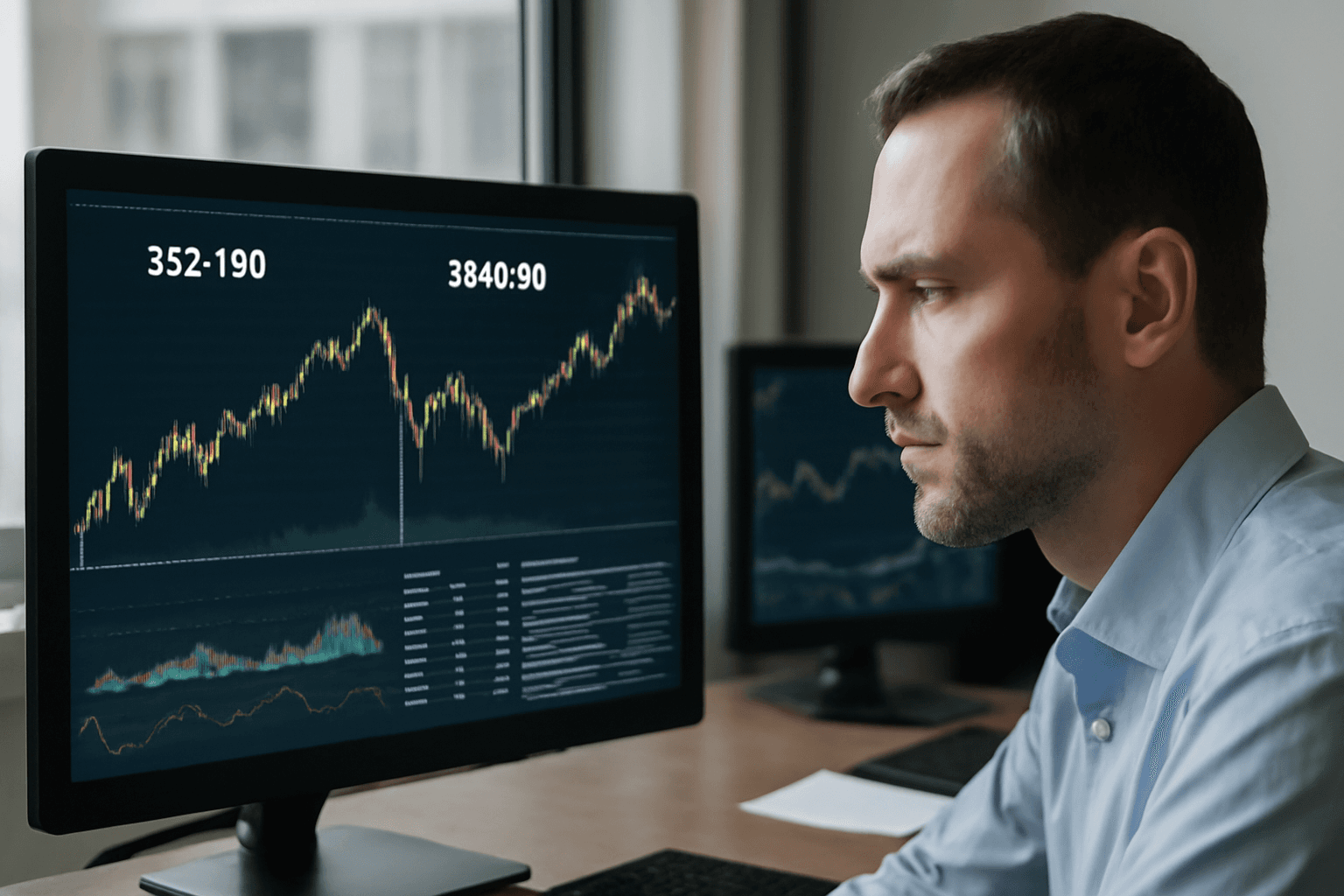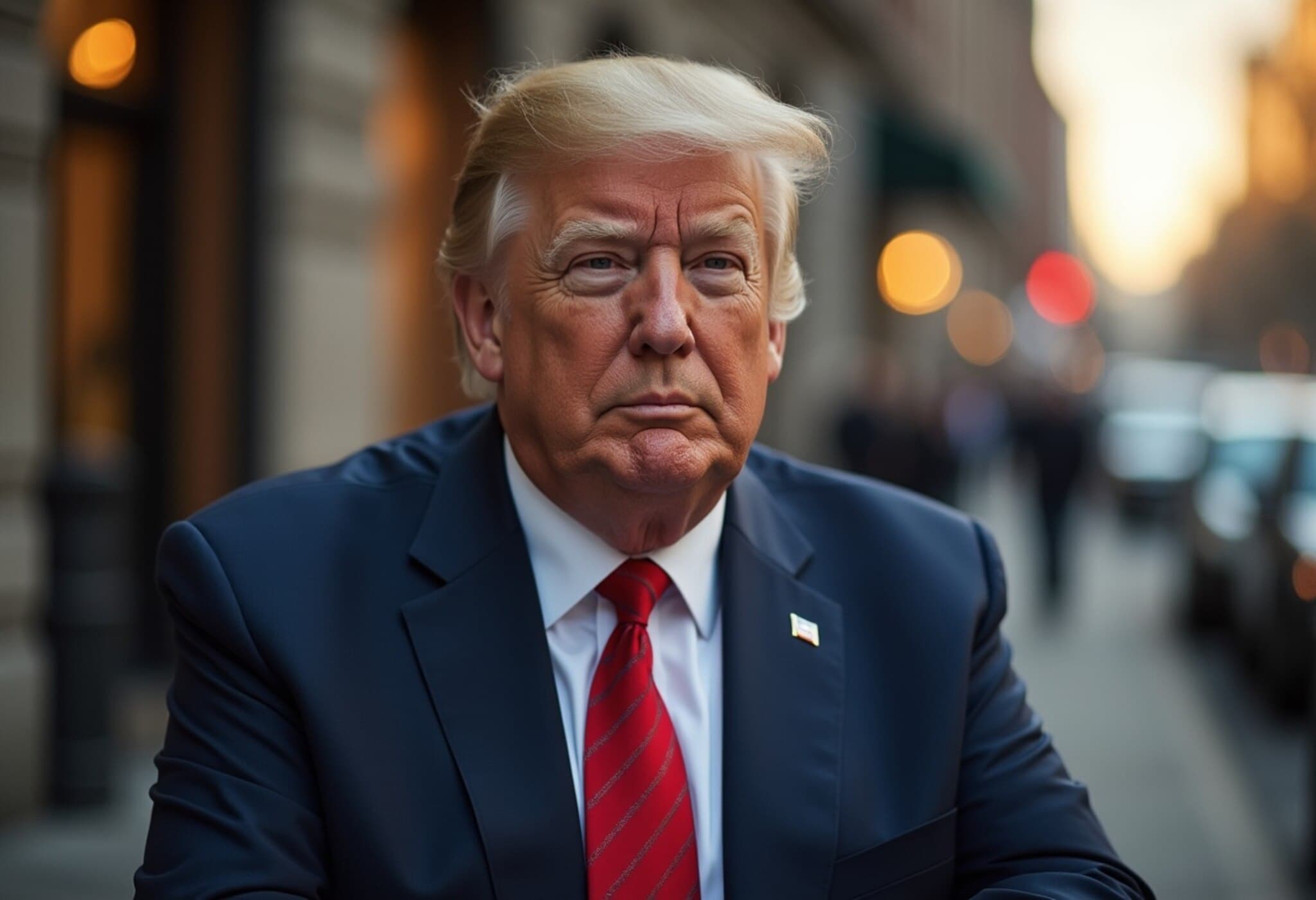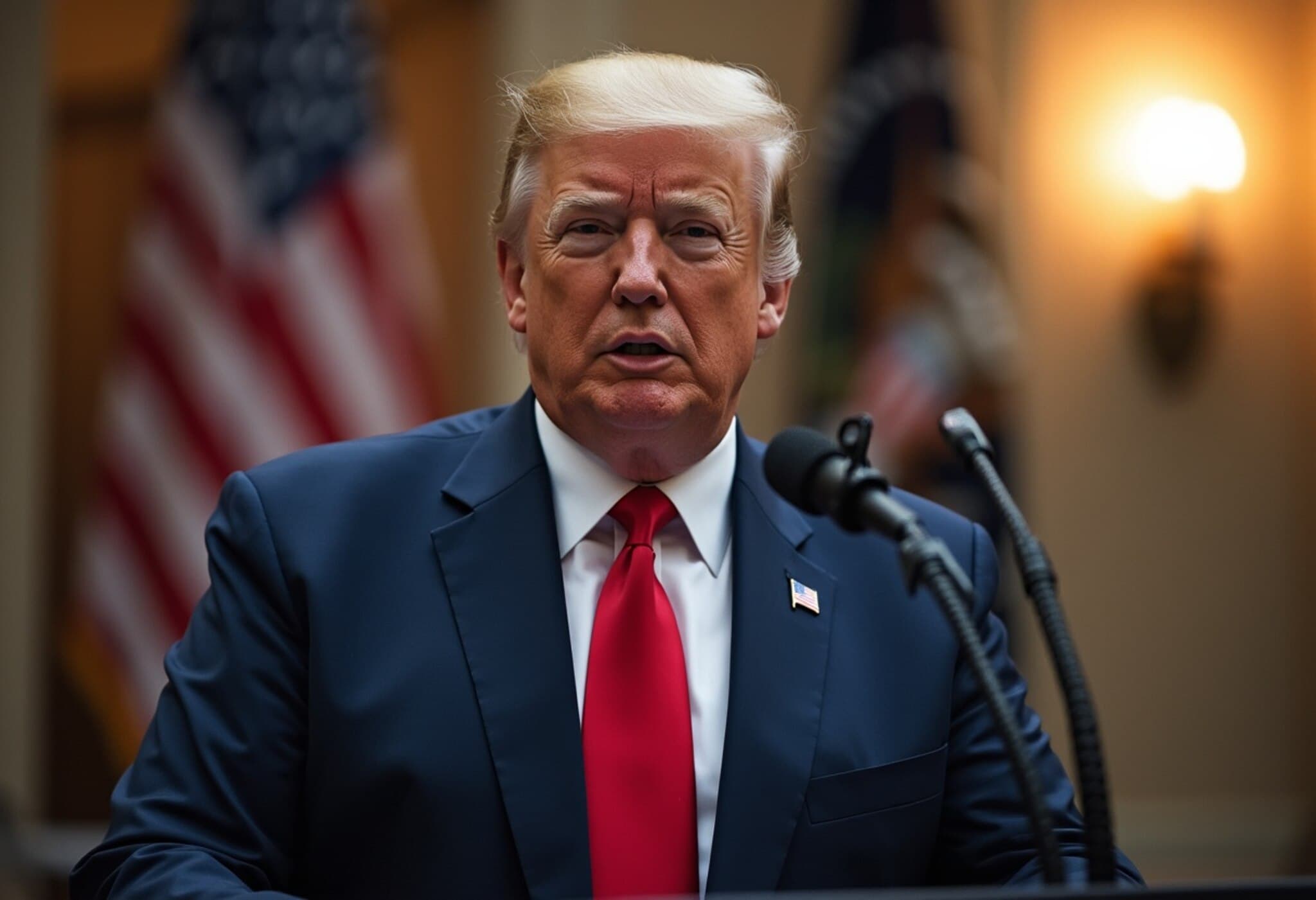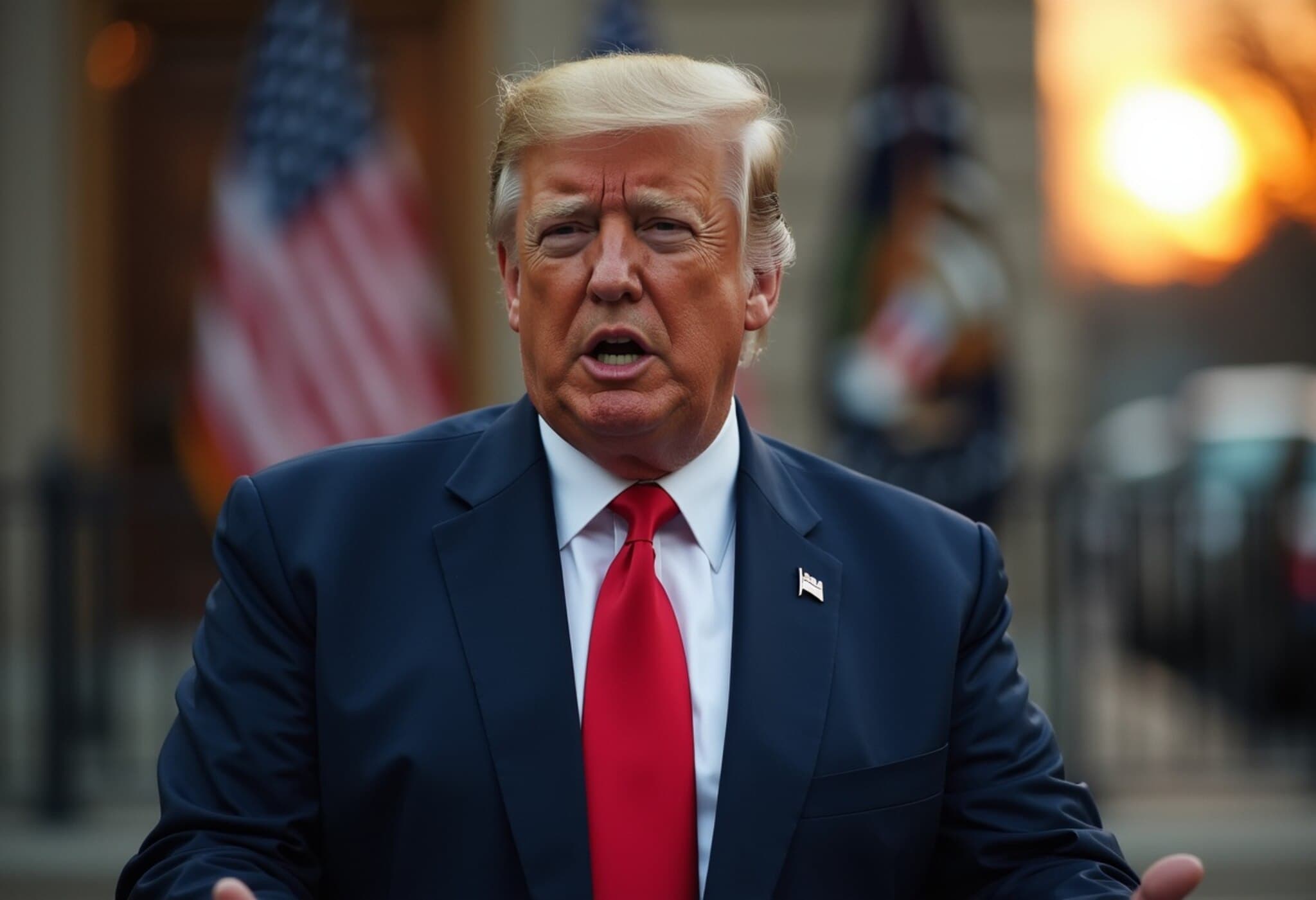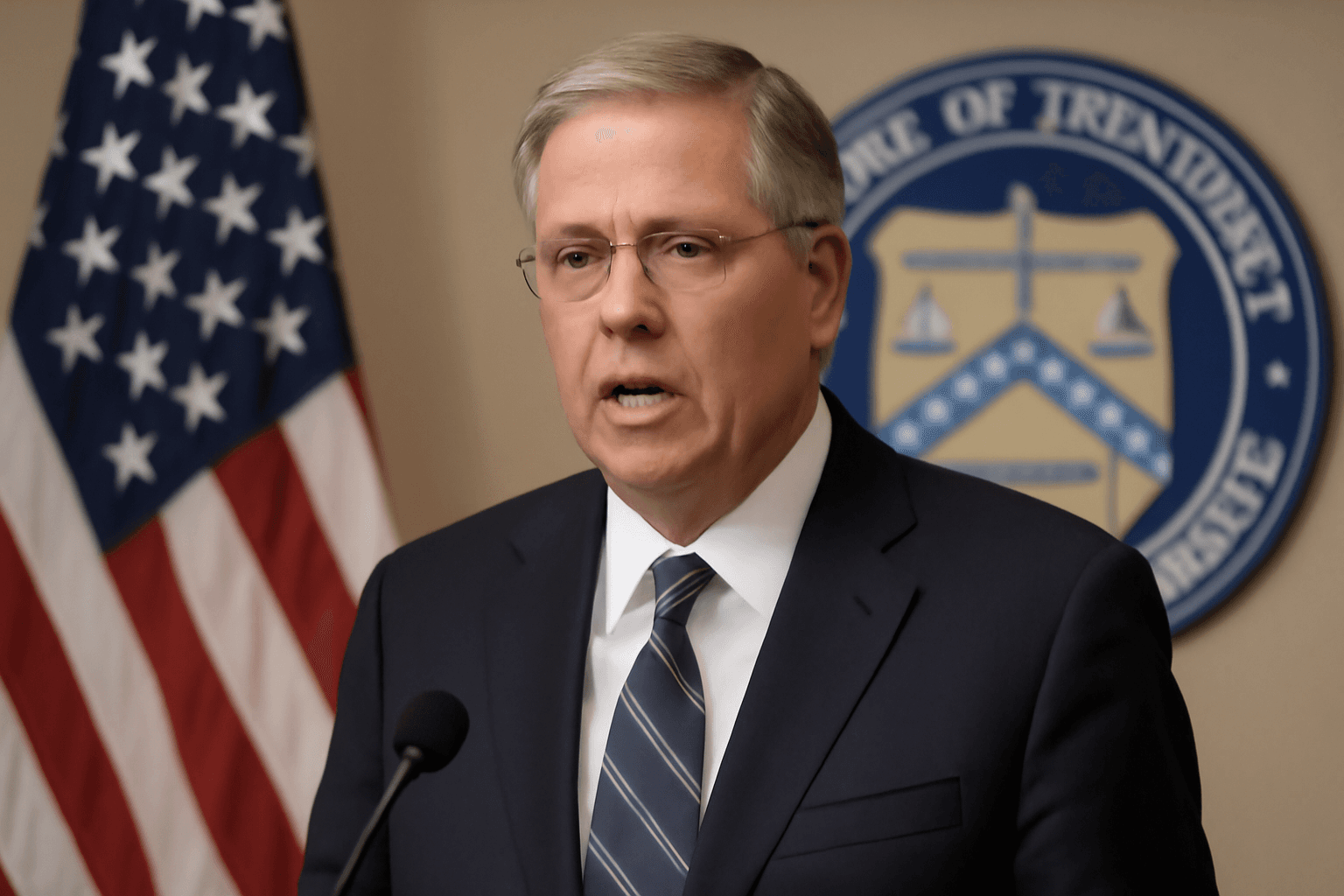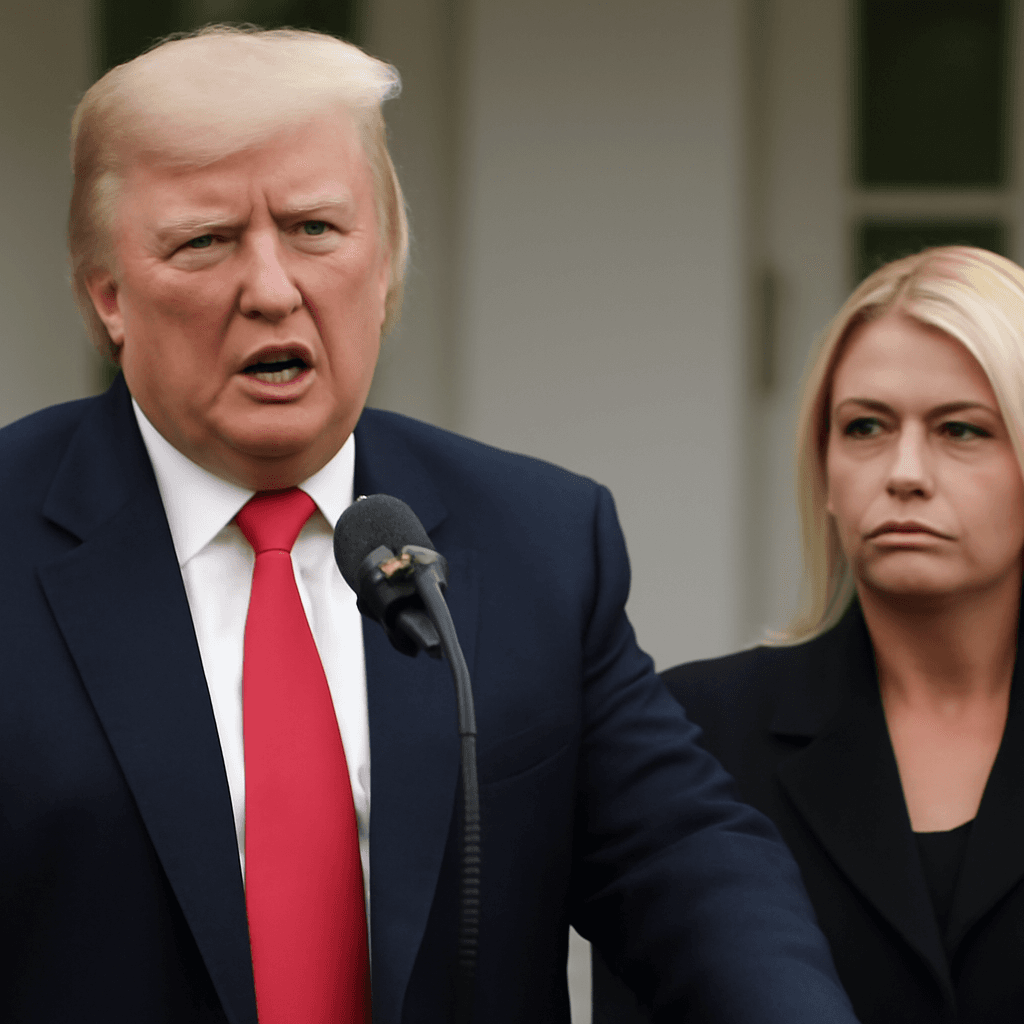Trump’s Tariff Moves Stir Market Jitters But Investors Remain Cautious
On July 8, 2025, the stock market reacted with a sharp selloff following President Donald Trump’s announcement of steep new tariffs targeting South Korea, Japan, and a growing list of 14 countries. The Dow Jones Industrial Average plunged more than 400 points amid concerns about rising trade barriers. Yet, despite these headwinds, the broader market response was surprisingly muted, signaling a deep investor conviction that the worst of the tariffs may already be priced in.
The Disconnect Between Trump’s Tariff Intentions and Market Sentiment
Wall Street’s seemingly nonchalant response to Trump’s announcement — including a delay in the reciprocal tariff deadline from July to August 1 — contrasts sharply with the substantial inflationary and corporate profit risks posed by higher duties. This gap between policy reality and market interpretation raises the question: Are investors underestimating how far President Trump is willing to push his tariff agenda?
Andy Laperriere, head of U.S. policy research at Piper Sandler, offers a critical perspective: “We’ve seen Trump be unusually transparent and consistent in following through on his campaign promises. Investors should not dismiss his commitment to imposing high tariffs simply because market participants want to move on.” Laperriere warns against placing too much faith in economic advisors who may downplay the president’s intentions to avoid spooking investors.
Tariff Rates Set To Climb Higher Than Expected
Detailed examination of the new tariff measures reveals that rates are comparable to, and in some cases exceed, tariffs announced earlier this year. Japan faces a 25% tariff—slightly higher than the 24% initially threatened in April—while Malaysia has seen its tariff rate increased similarly. This pattern suggests that Trump is signaling a tough stance: nations unwilling to comply with U.S. demands will face sustained or increased tariffs.
Contrary to hopes that tariffs serve mainly as diplomatic leverage, the evidence points to Trump’s intention to hold firm on tariffs as a permanent tool rather than a temporary negotiation tactic.
Economic and Market Implications
- Inflation Pressures: Financial analysts from Wolfe Research highlight that these tariffs will almost inevitably feed into rising consumer prices (CPI) and squeeze corporate profit margins, posing a latent inflation risk largely ignored by investors.
- Stock Market Vulnerability: While the economy remains resilient, the growing inflation threat could dampen the equity rally and reinforce expectations that the Federal Reserve may hold steady on interest rates this year.
- Trade Relations and Global Impact: Economists at UBS estimate the effective average tariff rate is currently about 16%, potentially rising to 21% if the highest levies are maintained—vastly exceeding the market’s prior 10% baseline assumption. This shift threatens to realign global supply chains and trade dynamics, particularly with key Asian partners.
What Lies Ahead for Investors and Policymakers?
The latest tariff measures present a complex puzzle for market participants and policymakers alike. Investors may have prematurely discounted the durability of Trump’s tariff agenda, placing faith in diplomatic detente rather than enduring economic friction.
From a policy standpoint, the administration’s willingness to escalate duties despite warnings signals a sustained emphasis on protectionism with significant ramifications for inflation, consumer spending, and long-term corporate profitability.
Experts recommend a cautious stance, urging investors to integrate tariff escalation scenarios into risk models while monitoring evolving negotiations closely. The broader question remains: can trade tensions be managed without destabilizing economic growth and market confidence?
Editor’s Note
While markets have absorbed the shock of new tariffs with relative calm, the underlying economic forces suggest this may be a fragile peace. President Trump’s consistent push for higher tariffs poses ongoing risks to inflation and corporate earnings that investors should not overlook. The evolving trade landscape demands vigilance—will policymakers find a sustainable path forward, or is further market volatility on the horizon?

